How do you fund the arts in terms of scarce resources?
The combination of increased demand for services, particularly when it comes to health care combined with rising inflation, means public money is tight. Really tight.
Throughout living memory our museums, art galleries and other cultural institutions have been reliant on a volatile mix of public cash and private donations topped up with what little money they can generate from cafes, shops and ticket sales.
The funding of the arts has been under significant scrutiny this summer.
It started with a series of protests about the Edinburgh International Book Festival’s major sponsor Baillie Gifford – an investment firm which opponents argue has strong links to the fossil fuel industry, leaving them exposed to the allegation that they are agents of climate chaos.
‘If not them, then who?’
50 authors wrote a joint letter to the Book Festival Chair, others stormed out of their own events.
This lead to a really interesting discussion of “if not them, then who?”
The organisers pointed to the fact that there wasn’t a queue of folk waiting to donate to the book festival.
Naturally in a cost of living crisis, philanthropists are drawn to the cause of alleviating poverty perhaps before enlightening minds.
The organisers of the Edinburgh Book Festival astutely argued that it was a place where reasoned passionate debate could be had and powerful arguments made.
Without, there would be fewer vehicles to highlight the destruction of the planet. Was this not a self-defeating endeavour?
Plaque flack
Fast forward a couple of weeks and the same debate arrives on the banks of the Tay.
Back in 2018 the V&A received £500,000 from the Sackler family, now notorious for their role in the opioid crisis that killed hundreds of thousands of Americans through the proliferation of the drug Oxycontin.
Viewers of the brilliant dramas Painkiller and before it, Dopesick, will recall that the makers of this drug argued it was a non-addictive killer before it was proven to be twice as addictive as morphine.
The V&A organisers have removed the plaque but haven’t handed back the cash. How could they?
It’s long been spent. But also, why should they?
Yes the Sackler familiar gave away hundreds of millions of pounds to arts endeavours across the globe, but any suggestion that was purely altruistic is nonsense.
It was clearly an act of hubris and guilt.
The abuse of drugs has a particular resonance in Dundee. As does the exploitation of the poor by the rich.
But it’s really only the citizens of Dundee and everyone else who travels to it who’ll suffer if the V&A can’t find the cash to fund its work. A classic Hobson’s choice.
That’s why we shouldn’t fall into crass and clumsy critiques of the V&A management.
Their decision to take the plaque down is the right one. So too is their determination to keep finding the cash by whatever means to support Dundee’s booming cultural prominence.
Eljamel questions must be answered
For many reasons, it’s not particularly clever to draw too many comparisons between the cases of the horrendous record of rogue doctor Sam Eljamel and the murderous actions of Lucy Letby.
However, where there is one glaring similarity, it’s in the reality that in both instances signs were utterly ignored and because they were ignored, each individual was able to carry on unfettered.
Eljamel should have been suspended. When he was put under supervision instead, he continued to cause immense harm to his patients.
Who took that decision and why? Could it happen again?
These are the questions we must have answers to completely separate but parallel to the quest for justice his victims are pursuing.
In both cases there’s an unanswerable demand for a public inquiry. Independent of government and judge led.
I support that but at the same time feel very strongly that the law that establishes inquiries is vastly outdated both north and south of the border.
Too often the remit of these inquiries don’t match the needs of the people calling for them.
They also have no time limits – something that’s seen as contradictory to their independence.
It’s high time we worked to insure that part of justice being served is that it’s done in good time.
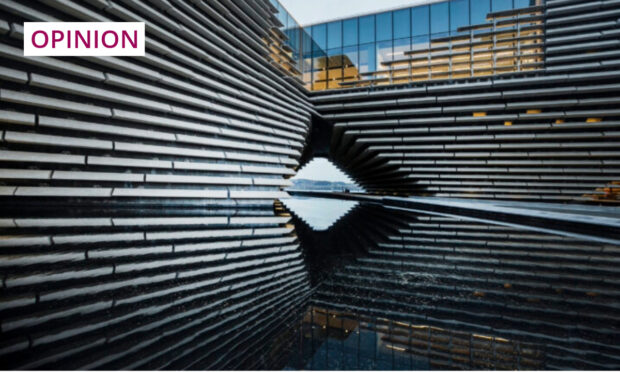
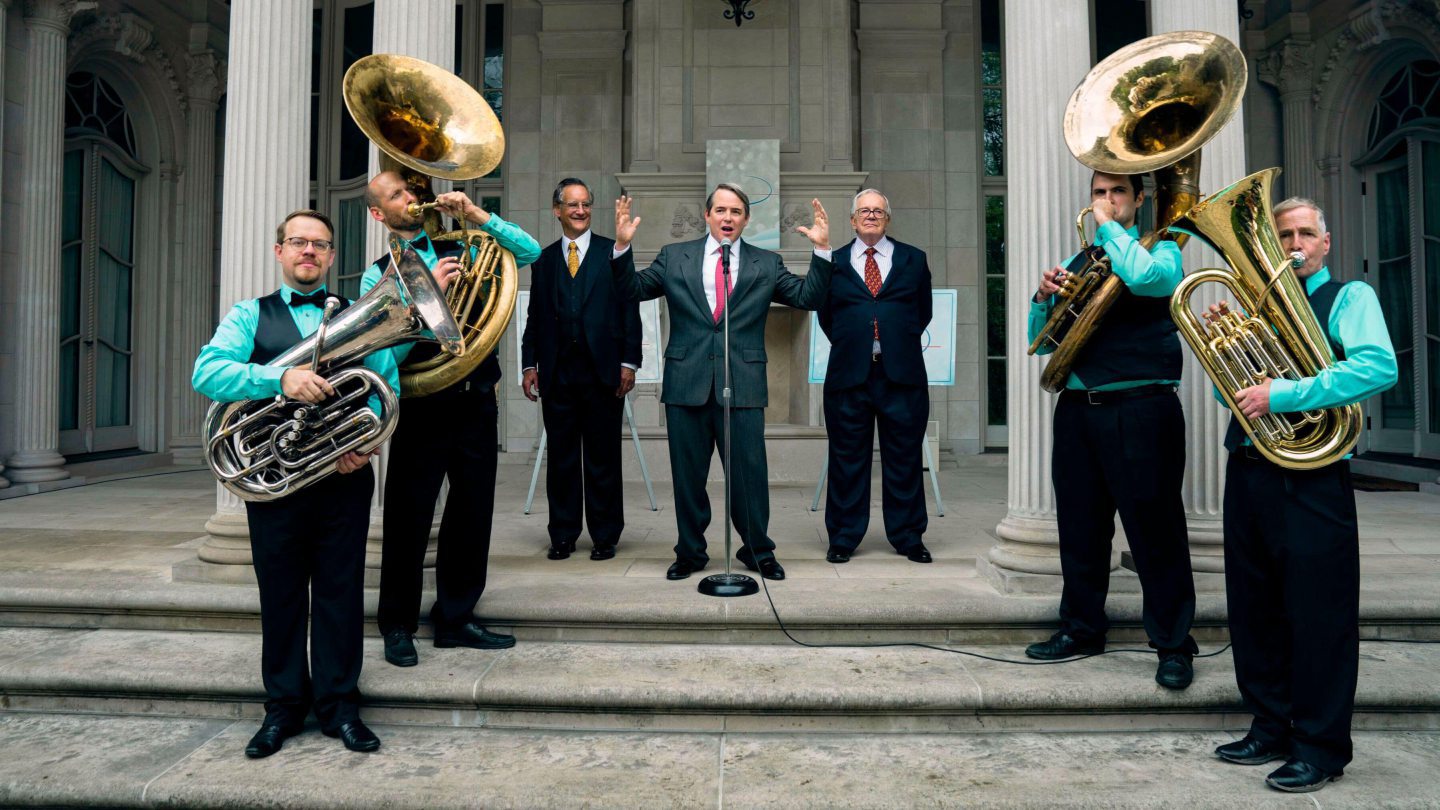
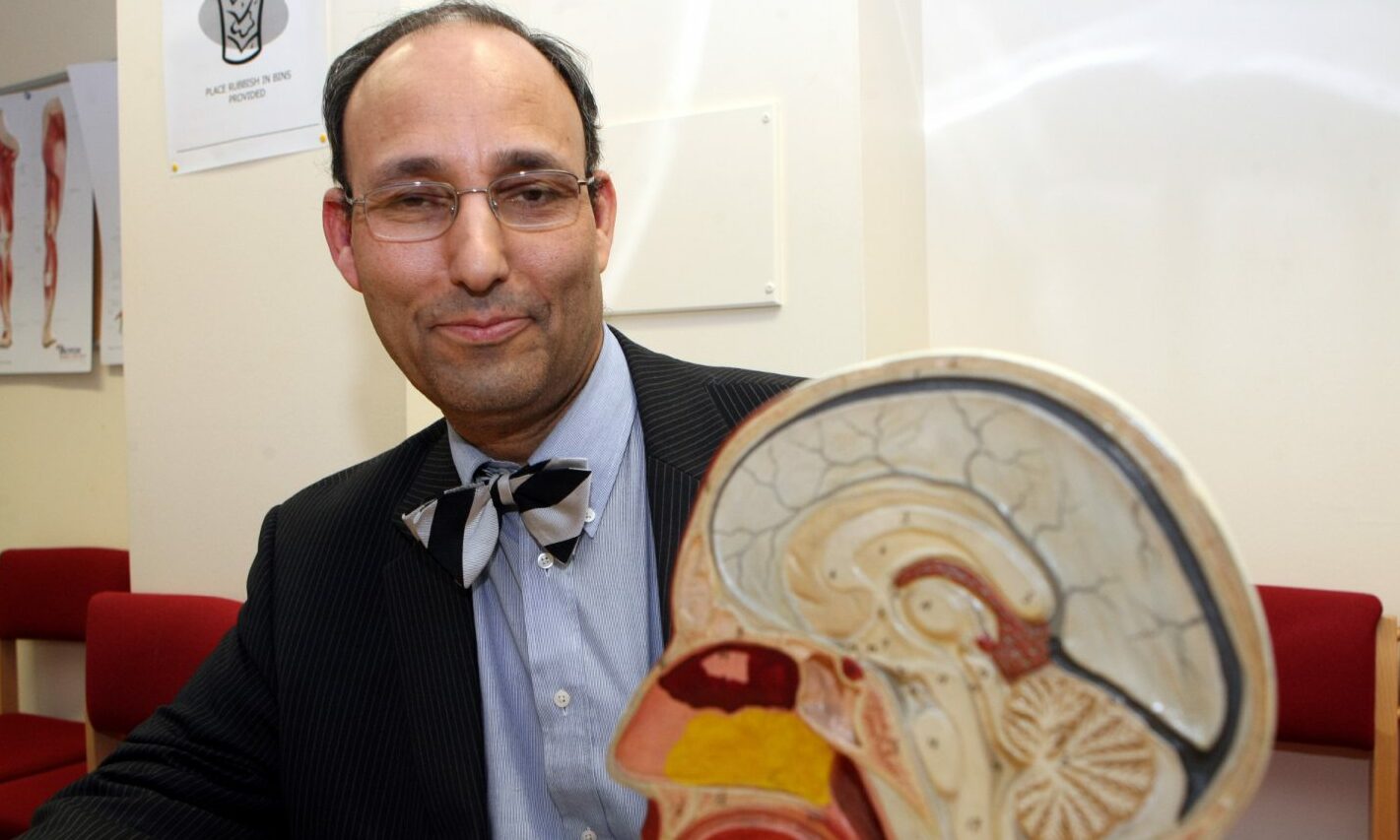
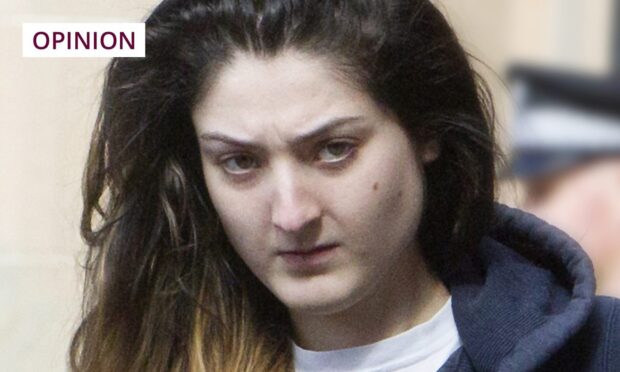
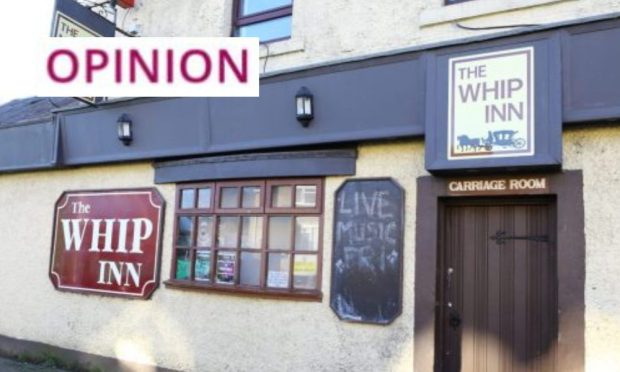
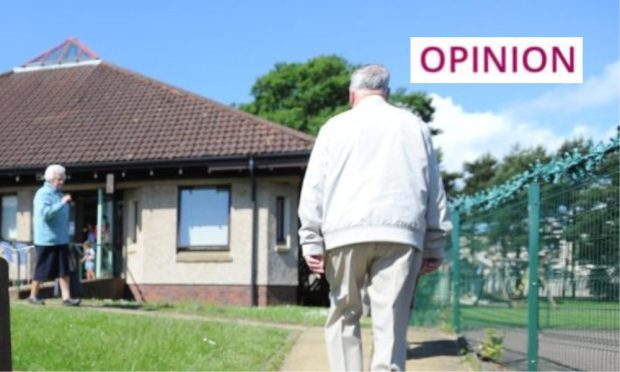
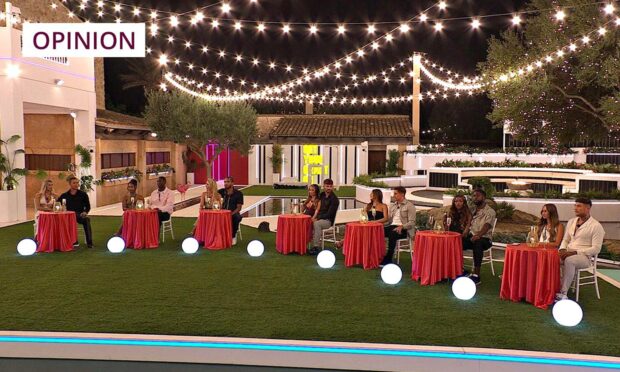
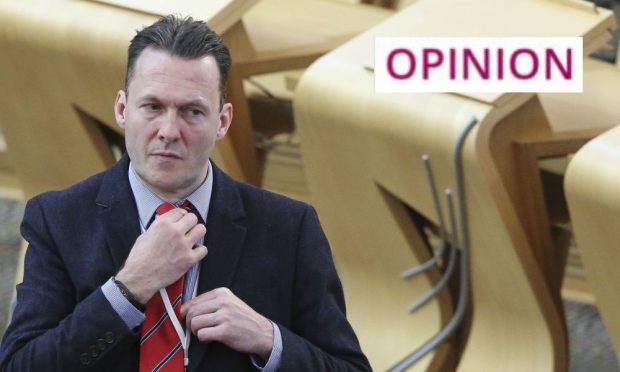
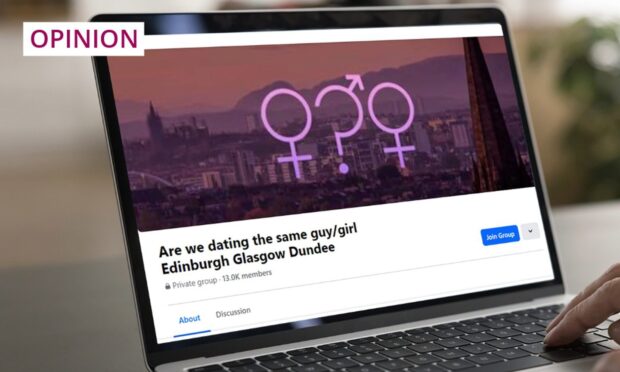
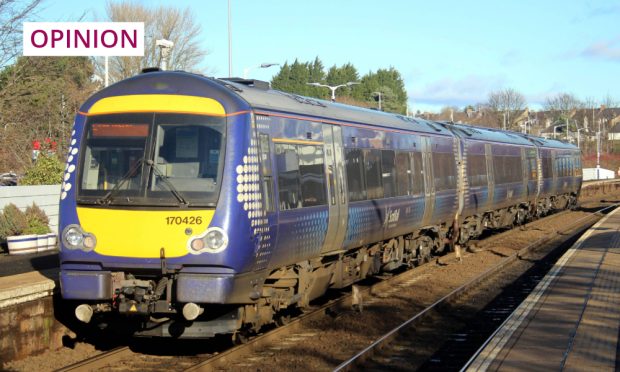
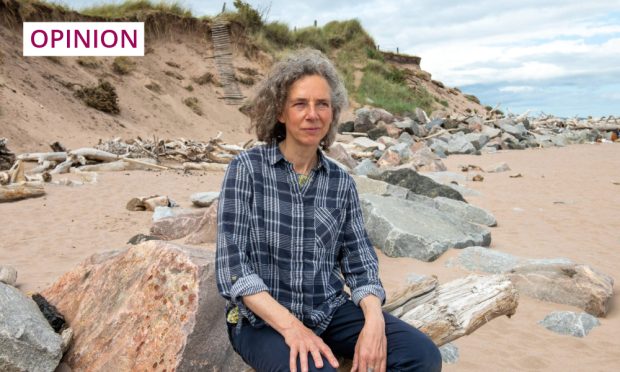
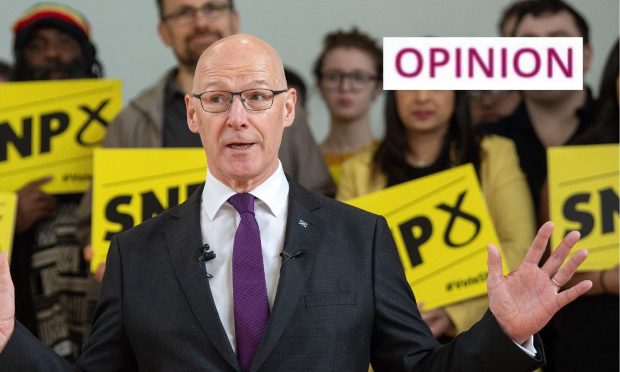
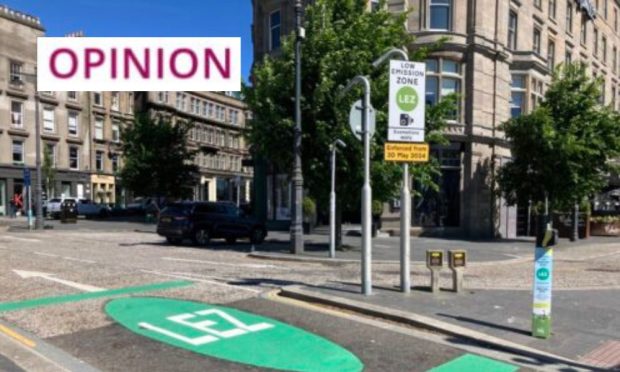
Conversation